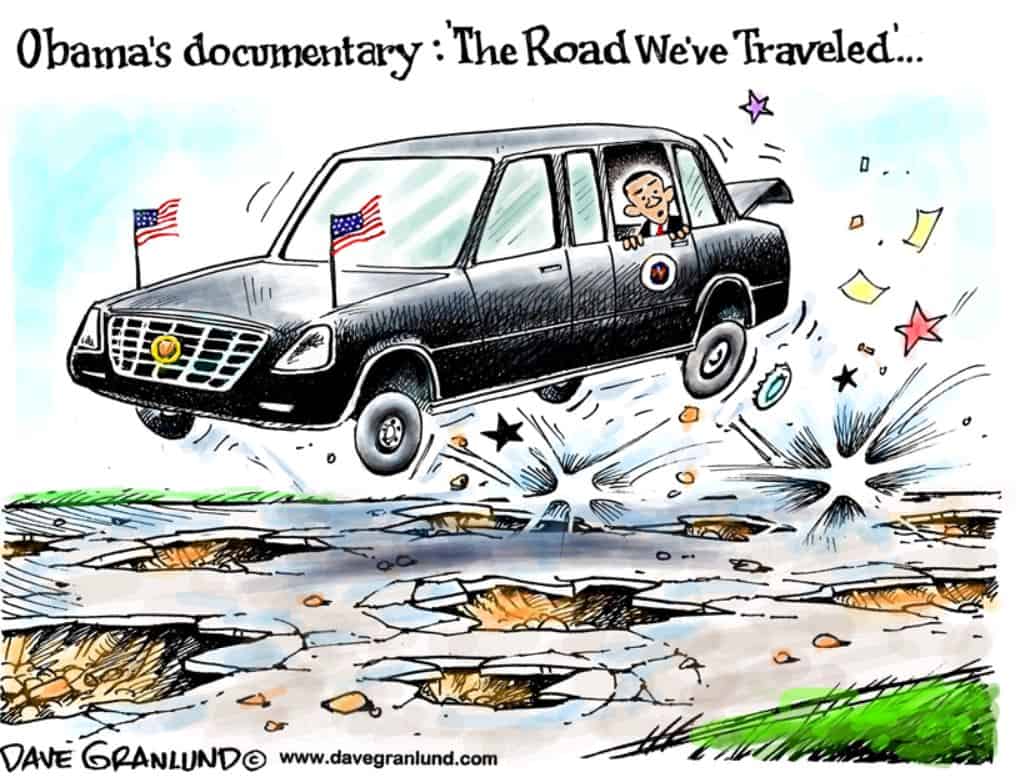Op-Ed by: Peter Funt Ever since FCC chief Newton Minow famously branded it a “vast wasteland” six decades ago, television has tried to polish its
Op-Ed by: Peter Funt
Ever since FCC chief Newton Minow famously branded it a “vast wasteland” six decades ago, television has tried to polish its image. One way was with probing documentaries, pioneered by journalists like Edward R. Murrow and Fred Friendly. Today, documentaries are more popular than ever, but as competition to produce them heats up, they’re becoming part of a new kind of journalistic wasteland.

Two of the summer’s popular docs, both Emmy nominees, are examples of the loosened journalistic standards. “Becoming,” Michelle Obama’s personal story, was produced for Netflix by…the Obamas. “Hillary,” Hulu’s documentary about the 2016 Clinton campaign, came from a production company selected by…Mrs. Clinton.
Programs like these are being produced at a frenetic pace, with over 1,000 titles labeled “documentary” currently available on Netflix and Amazon alone. But are they all really documentaries? Or are they infotainment?
Why is “This Is Paris,” a new YouTube film about Paris Hilton, labeled a documentary? It stars Paris Hilton and was produced by Paris Hilton, who is quoted as saying she gave the director, Alexandra Dean, “full creative control over the film.” That’s like hiring a stylist and saying you’ve given her “full control” of your hair.
Slick production and viewer-appeal among current offerings isn’t in question. What’s troubling are the editorial compromises required to make them, and the ways in which cozy relationships are camouflaged.
So muddled are standards for TV’s new quasi-journalistic documentaries that even veteran TV critics are sometimes misled. James Poniewozik of the New York Times began his review of “Hillary” by stating: “During the 2016 election, the director Nanette Burstein got exclusive behind-the-scenes access to the campaign…” That might have been Emmy-worthy had it been true. In fact, Burstein was hired a year after the election by Clinton and producers at Propagate Content. The “exclusive” footage had already been shot by a crew employed by the campaign.
As is often the case when such creative compromises are made, money is at the root. In Murrow’s day documentaries cost little and made even less. Today’s docs are big business. Budgets are soaring because of competition among streaming services and because those who control access to material are driving hard bargains.
My son Danny has been looking into this for the Columbia Journalism Review. Dan Birman, a director who has worked for Netflix, told him: “Documentaries have never been so popular, but it opens up the possibility that people will abuse the form in the name of entertainment.” Birman said that for documentarians, “These are the best of times and the worst of times.”
Music and sports documentaries are particularly prone to behind-the-scenes entanglements. Showtime ran a documentary this summer about the Go-Gos that was produced by the group’s record label, owned by Universal Music. ESPN garnered enormous publicity with its Emmy-winning documentary “The Last Dance,” a project that was only possible after the basketball superstar Michael Jordan stipulated terms by which his trove of behind-the-scenes footage could be shown.
Some outlets, notably PBS, still follow strict journalistic guidelines. In its standards manual, suppliers are advised: “Content distributed by PBS must be free of undue influence from third-party funders, political interests, and other outside forces.” Such rules are largely ignored on streaming services and pay-cable channels, where many popular documentaries are entirely dependent on “outside forces.”
A new twist in the making of modern documentaries is the growing awareness among politicians, celebrities and athletes that the market value of their story is likely to increase in direct proportion to the amount of footage available to tell it. This has created a new job in the entourage of many VIPs: full-time videographer. One of the first to recognize this was the basketball star Dwyane Wade, who arranged to have his career photographed beginning in 1997. After Wade retired last year he marketed the footage for use in a documentary about his life, “D. Wade Life Unexpected,” produced by Ron Howard’s Imagine Documentaries.
It could be argued that today’s documentaries are no different than autobiographies, in which persons of interest tell their own stories. But few such books promote false veneers of objectivity. Hillary Clinton was interviewed for 35 hours by the director she hired, and publicists stressed that “no questions were off limits.” But publicists didn’t mention that Clinton participated in editing.
Viewers would be better served if this popular style of programming were more carefully labeled. At a time when some rail about fake news, there’s little room for faux documentaries.
–
A list of Peter Funt’s upcoming live appearances is available at www.CandidCamera.com.
Peter Funt is a writer and speaker. His book, “Cautiously Optimistic,” is available at Amazon.com and CandidCamera.com. © 2020 Peter Funt. Columns distributed exclusively by Cagle Cartoons, Inc., newspaper syndicate.

COMMENTS